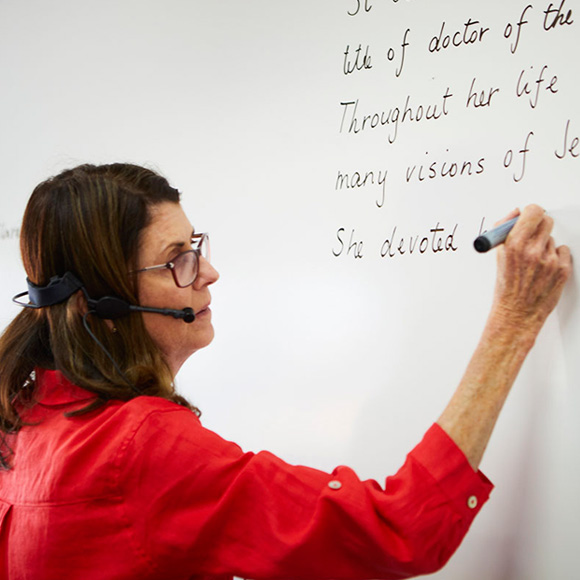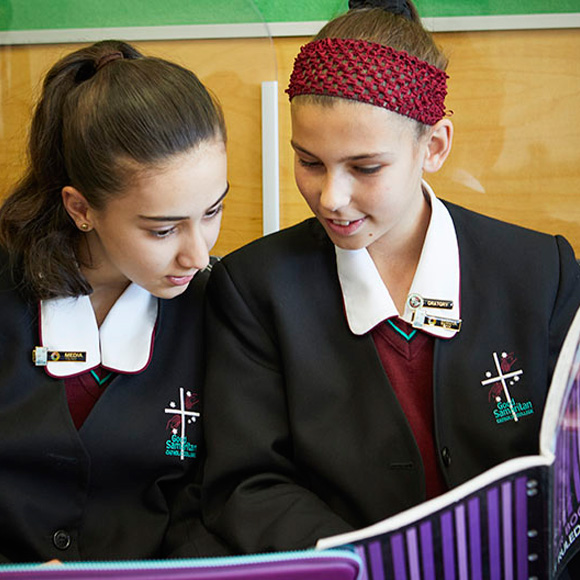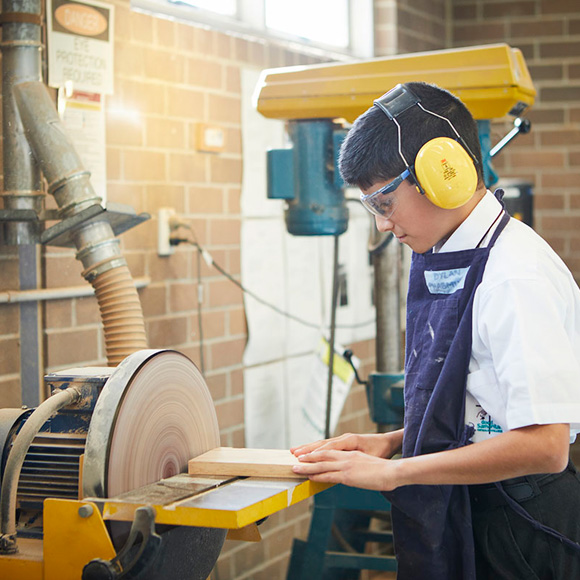School Resource Standard
Part 1 – Base Funding
All schools start with a standard amount for any student in Australia (with one amount for primary schools and another for secondary schools). In 2019, these amounts are:
$11,343
Primary Student
$14,254
Secondary Student
Then, for non-government schools, this amount is discounted depending on the socio-economic status of the school – similar to a means test. The least well off private schools are paid 90% of the standard, while the most well-off schools are paid only 20%. The net amount is called the “Base”.
(All SES Scores)
School (SES 90)
School (SES 125)
Part 2 – Loadings
Extra amounts, called “Loadings”, are then added to help schools address disadvantages that their students face. Amounts are specified by the Commonwealth for six types of disadvantage and these are not means tested. They include the following:
- Students with disability
- Low English proficiency
- Aboriginal or Torres Strait Islander background
- Socio-educational disadvantage
- Small Schools
- Remote Schools
On average, loadings comprise approximately 22% of total funding for Catholic Schools, but the composition varies widely from school to school.
Schooling Resource Standard
The sum of these two amounts, the base and the loadings, is called the Schooling Resource Standard (SRS), because it is calculated by a standard methodology for any school, following the principles originally set out in the Gonski funding model. The SRS calculation is summarised as follows:
| PART 1 | Base funding | Primary student = $11,343 (2019) Secondary student = $14,254 (2019) | |
| Less | Capacity to Contribute | Non-government schools only. Calculated as a % of base funding ranging from 10% to 80% depending on the socio-economic status of a school. | |
| PART 2 | Plus | Loadings | 6 types of disadvantage |
| Equals | Schooling Resource Standard |
Transition
Both the Commonwealth and NSW governments have agreed that all schools in NSW should move to be funded by the SRS method. However, because different schools have started from different funding positions (for historical reasons), both governments agree that some time (a “transition period”) should be allowed for schools to align to the SRS model. This alignment with the SRS will become closer over time, with full alignment planned for 2029.
School and System Improvement
Systems of schools such as the NSW Catholic schools system, which is the largest non-government system in Australia, receive a pooled funding amount for all their constituent schools.
The SRS methodology was designed to allocate funds across Australian schools based on broad measures of need and the Commonwealth recognises that systems often have more detailed local knowledge that can allow funding to be deployed to more effectively meet the precise needs of students. So, larger systems are not required to deploy their funds to their schools in the same manner as they are attracted.
All the major government school systems, as well as the NSW Catholic schools system, adapt this approach. For example, if student wellbeing is a concern in a school, funding will be applied to address this, even though this does not form part of the funding attracted based on the SRS model.
This document sets out the needs-based funding arrangements that apply to the deployment of these funds for the benefit of our students.
Latest News

Brother John Taylor Fellowship – applications now open

The Case for Catholic Schools

